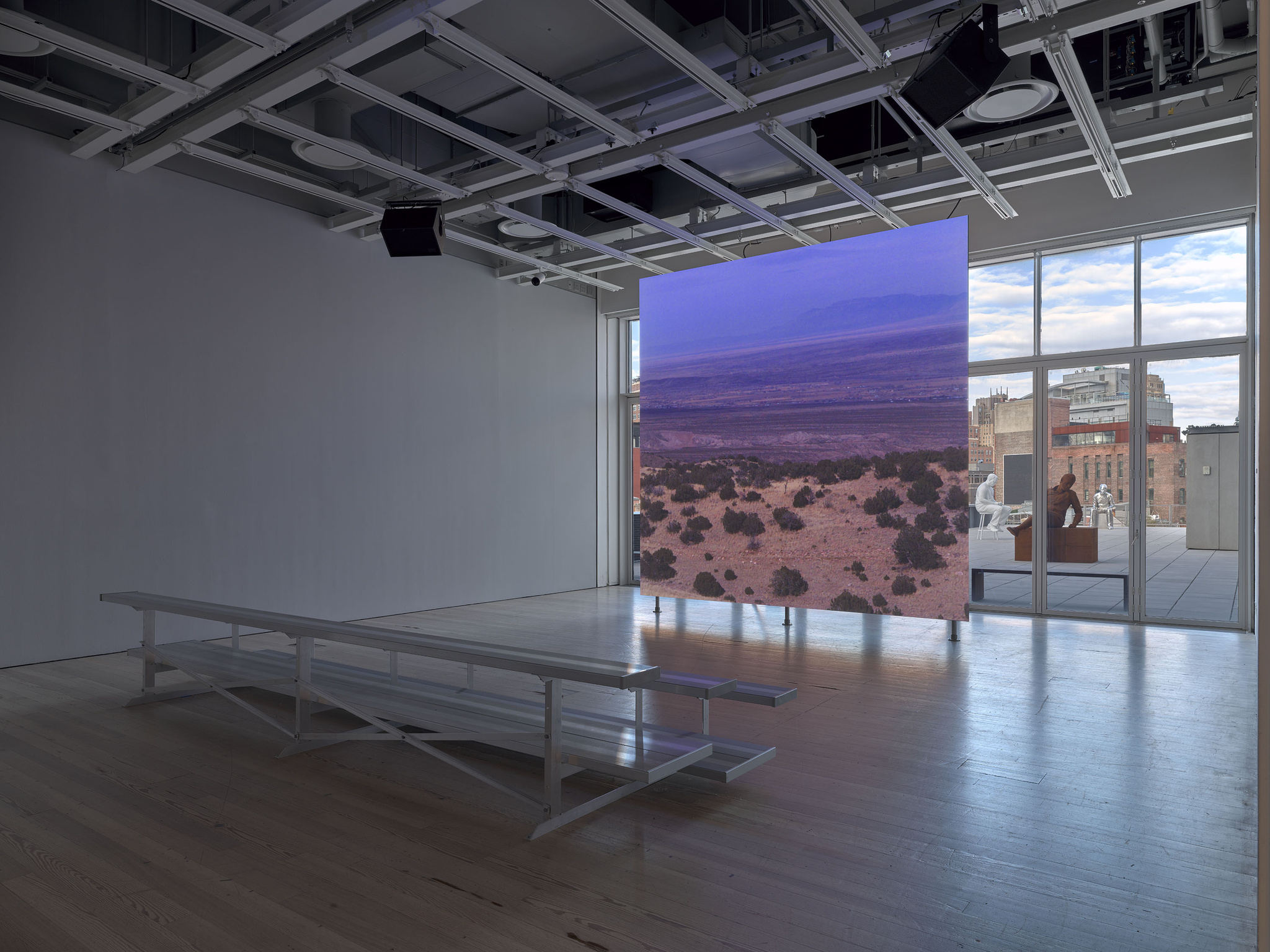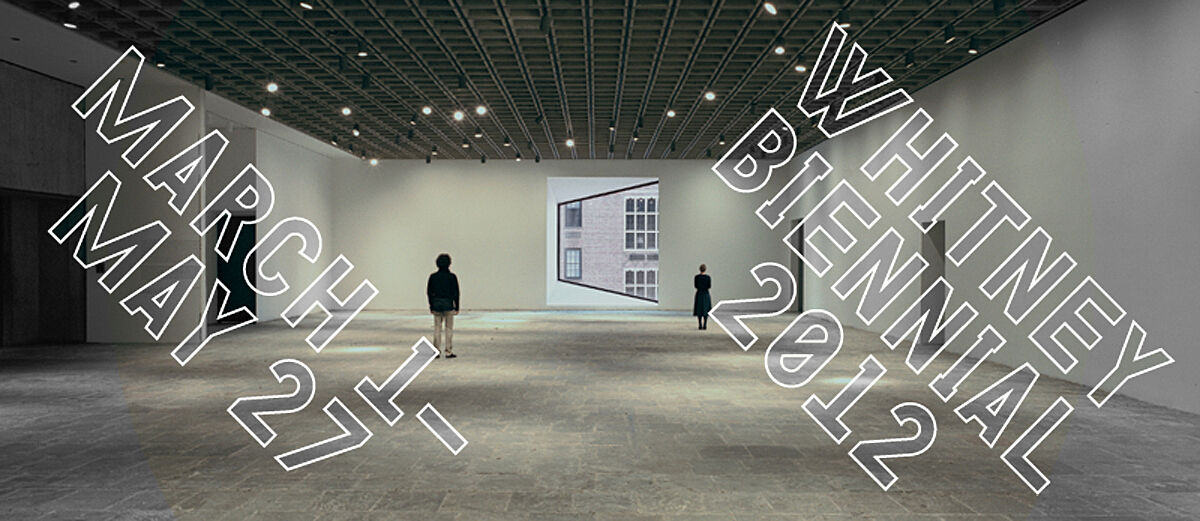Lucy Raven
Feb 24, 2012
0:00
Lucy Raven
0:00
Lucy Raven: My name is Lucy Raven.
Narrator: Research is an essential part of Raven’s work. In making RP47, she sought out test screen patterns, which she’s presented here in random order. Images like these have been used throughout the history of cinema to calibrate projectors.
Lucy Raven: The projector basically puts up a reel of these images, which run on a one‑frame loop in a projector, to test all these same things. Focus and aspect ratio, field steadiness. And the ones I'd seen were beautiful, actually, and I was fascinated by this. Yeah, I was compelled by these images that you're not supposed to see, that are designed to make you see better.
In fact they're ephemera, really, of the film industry. They're meant to calibrate certain systems, and when those systems become obsolete, they're usually discarded.
In a sense, there shouldn't really be that many, because they're all testing the same thing, but in fact there are quite a few, and many of the ones here are testing really specific sorts of film—anamorphic, Cinerama.
Each different gauge and format had a different test that was designed for it, and oftentimes camera companies or projector companies also made their own tests.
Narrator: Film test images don’t work well in HD—the current standard in art museums. Raven has adjusted all of the images to fit this format.
Lucy Raven: But they, at the same time, offer a sort of incomplete history of projection, which we still have. It's not just about the obsolescence of film, for example but, in this case, what I started to realize was that projection as a whole is probably soon to be obsolete as well as screenal culture takes on a larger role in the way we look at images including, I think, at the movie theaters, pretty soon.


